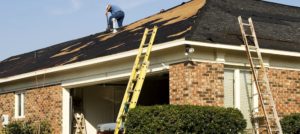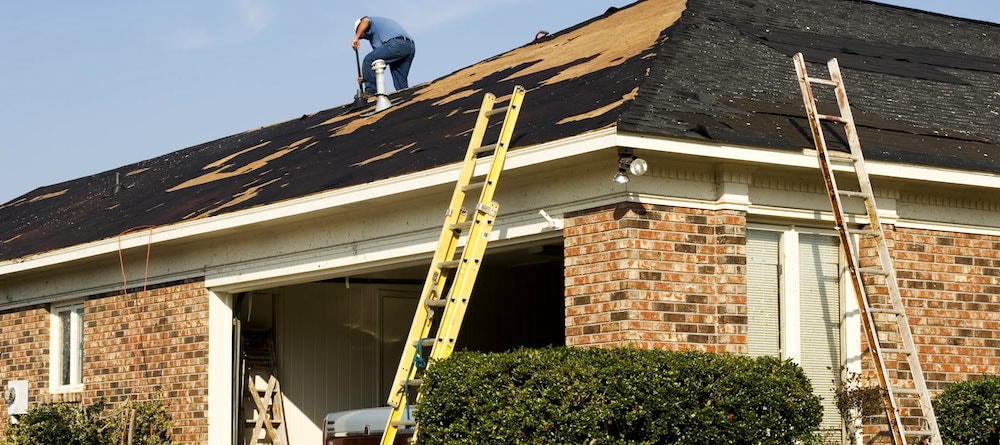Sonya Stinson
The cost to rebuild or repair your damaged home may come down to the woodwork or the weather. That’s because a home’s architectural details and events like tornadoes and floods can make a big difference in the price of building materials — and whether you have enough insurance to pay for them.

Provide your insurance company or agent with as much information as possible about your location and the stuff your house is made of, or you might find yourself underinsured when you need to file a claim.
Your insurance agency or insurance provider probably will use a software program that crunches all the numbers and spits out a replacement cost estimate for you. Available from building-cost data suppliers, these programs allow users to enter a home’s street address, city, ZIP code, square footage and key construction materials into the system and get an estimate of the replacement cost per square foot based on a formula.
“The more information we put in, the closer we can get to an accurate estimate,” says Janet Scott Buckley, manager of Harrington Insurance Agency in North Andover, Mass.
Estimates based on local markets
These computerized estimators rely on a database of information about material and labor costs around the country. Along with calculating the national average cost for a house of a particular size and style, they show how building costs in a certain place stack up against the average, says John Bredemeyer, president of Realcorp Inc., a real estate appraisal company in Omaha, Neb. If the national average for your type of house is $200,000, for example, and the factor for your city is 1.35, your estimated replacement cost would be $270,000.
You can add details — like the type of framing, façade and flooring — to come up with a more precise result.
“A basic 1960s ranch that has cheap wall-to-wall carpet over plywood is going to be different from a Victorian home that has intricate hardwood floors,” Buckley says.
Of course, those differences can translate into higher replacement costs for a homeowner. In Buckley’s area of Massachusetts, for instance, the average cost per square foot to rebuild a home ranges from $125 to $175. For older or custom homes, it jumps to $200 to $250 per square foot.
Insurance companies can buy specialized cost estimators for custom-built homes, says Erich Held, a Farmers Insurance agent in Chicago. “Farmers has one especially designed for homes above 2,500 square feet, with a little more detail, like whether the home has travertine floors,” Held says.
Extra coverage for extraordinary homes
Held notes that many older homes feature intricate woodwork and other handcrafted details that aren’t easy to replicate. If the interior of your home is adorned with decades-old crown molding, your insurance agent may recommend going beyond a customized computer cost estimate to ensure you have adequate coverage. It’s a good idea to consult with a construction expert about how much extra insurance coverage to get for your home’s hard-to-replace features, Held says.
Anytime you add to your replacement-cost estimate, your home insurance premium will rise. The exact amount will vary based on your insurance company and how much the change altered your home’s overall replacement cost.
Some insurance companies won’t sell replacement policies for older homes, according to the nonprofit Insurance Information Institute. In that case, you may have to buy a modified replacement policy, which will cover repairs using standard current building materials rather than restoring the home to match its original features.
The databases that insurers use to estimate construction costs usually are updated if a major disaster, such as a tornado, hurricane or flood, causes a spike in demand that leads to higher prices for building materials and labor, says Diane Krueger, general manager of Carl Krueger Construction in Milwaukee. For instance, if a tornado triggers a jump in prices for drywall and framing materials, suppliers of building cost data will send updated figures to insurers and other customers.
“A particularly large (disaster) may actually affect the entire country,” Krueger says.
Rebuilding checklist
The Insurance Information Institute cites 10 factors that determine your home’s replacement cost:
- Local constructions costs.
- Square footage.
- Exterior wall construction.
- Style.
- Number of rooms.
- Roofing type and material.
- Attached or adjacent structures like garages or sheds.
- Fireplaces, exterior trim and other details.
- Custom-built structures.
- Upgrades.
